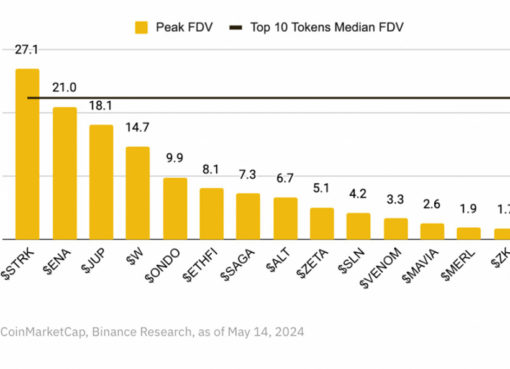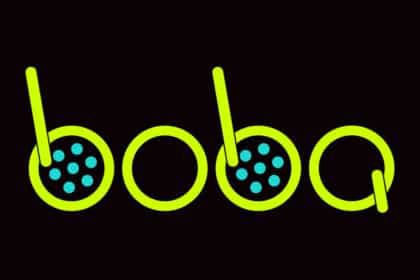Buterin also touched on the roadmap for Ethereum’s technical upgrades, referring to an imminent transition called ‘Danksharding’ that expands data availability and enables more transactions per block.
Speaking recently at the Turkey Blockchain Summit, Ethereum co-creator Vitalik Buterin discussed some of the platform’s plans for enhancing decentralization around staking while providing updates on upcoming network changes aimed at boosting usage capacity. Recognizing the growing significance of cryptocurrency adoption in Turkey and worldwide, Buterin explained intentions to rework Ethereum’s existing staking model to shift influence away from large mining pools and better empower individual node operators on the network.
Currently, a majority of stakers participate through centralized third-party platforms like Lido and Coinbase. By architecting improvements that make it easier and more affordable for individuals to run validator nodes, the network can reduce concentration risk.
The Risk of Centralization of Ethereum Staking Pools
The centralization of Ethereum staking processes has been a major concern since the Merge upgrade. There has been increased concentration in the hands of major exchanges like Lido, Coinbase, Figment, and Binance, accompanied by a decline in staking yield. Consequently, the Ethereum network is exposed to significant risks.
One critical issue arising from this overcentralization is the potential risk posed by a single point of failure. An issue with any of the major staking platforms mentioned could lead to a major disruption in the Ethereum network. With the escalation of staking activities, the risk to network stability and security is also on the rise.
To address some of the risks associated with centralization, Lido, the largest shareholder in Ethereum staking, with over $14 billion in total value locked, has been increasing the number of node operators. This strategy aims to control the amount of staked Ether being managed by a single operator. All these make the matter of centralization a big concern for Ethereum users and developers.
Incoming Technical Upgrades for the Ethereum Network
Buterin also touched on the roadmap for Ethereum’s technical upgrades, referring to an imminent transition called ‘Danksharding’ that expands data availability and enables more transactions per block. This sets the stage for further tweaks to parameters and attributes down the line. In order to avoid relying solely on disruptive ‘hard forks’ when making alterations, concepts around governance voting are also being explored.
Some criticism was levied at Buterin’s mention of using Unspent Transaction Output (UTXO), a model that competing blockchain network Cardano employs. Cardano founder Charles Hoskinson noted his team has utilized UTXO-based structures for nearly a decade without receiving acknowledgment until recently.
Looking further ahead, Buterin projected a timeline for the complete Denkun upgrade, going live in early 2024. This brings together most of the individual technical improvements in the roadmap. In all, Buterin’s talk provided helpful transparency into Ethereum’s priorities around decentralizing staking participation, navigating technical challenges, and the process for enhancing the network’s capabilities over the next years through events like Danksharding and Denkun.




